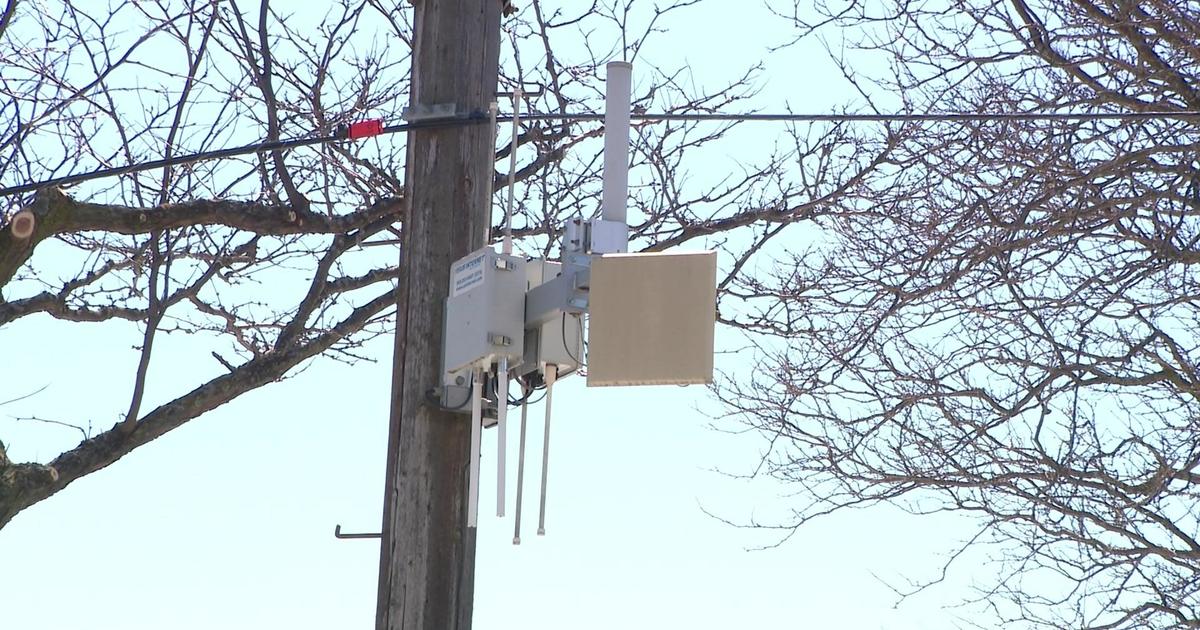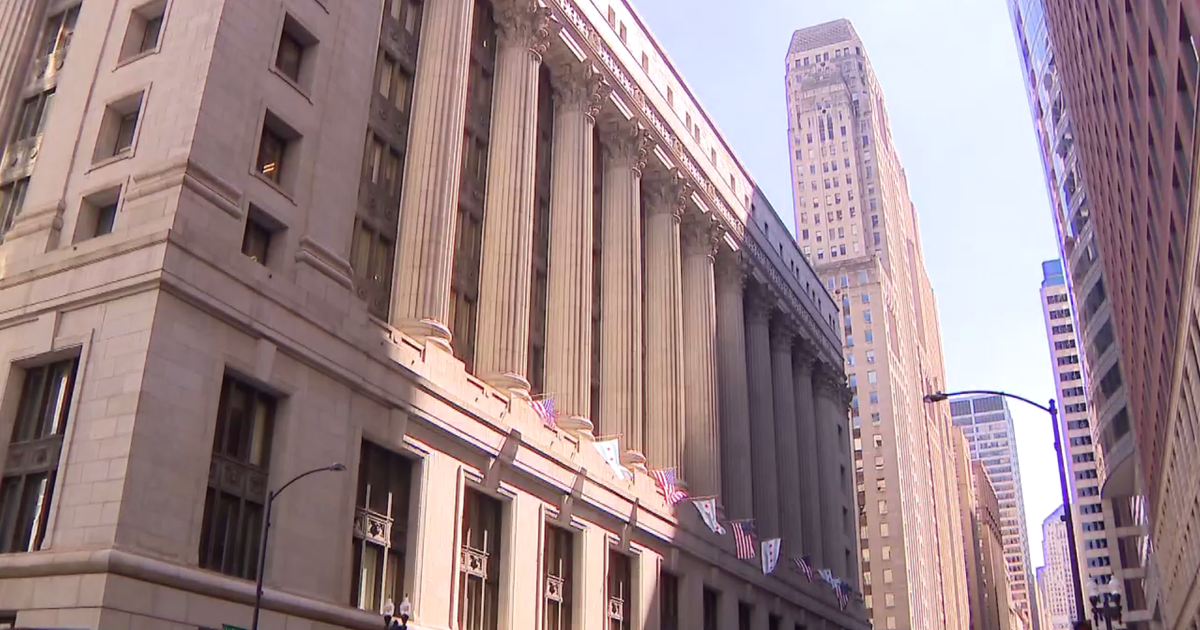Mayor Emanuel: Time To Speed Up Trains To O'Hare, Midway
CHICAGO (STMW) - Mayor Rahm Emanuel said Wednesday he's evaluating plans to shave up to 12 minutes off CTA travel times between downtown and O'Hare Airport and Midway Airports, a goal he views as more attainable than his predecessor's dream of an express train to O'Hare.
"While that may be a long-term [goal] and probably is, what can I do today, because I've got a lot of immediate economic needs … I have people working on what would it take to take ten minutes off that travel. That, to me, is more of an immediate" goal, Emanuel said.
"Whether it's 12 minutes, ten minutes, eight minutes — I don't know. You should just know we're evaluating it right now because, while it's great for the quality of life for basic people who live here, it will make the airport and the city's economy overall more competitive," he said.
During a roundtable discussion with United Airlines employees at the Willis Tower, Emanuel noted that recent track improvements that eliminated slow zones on the Blue Line shaved roughly four minutes off the trip from downtown to O'Hare.
But that's not good enough for business travel where every second counts, he said.
"They fly in, they want to come in for a meeting and they want to fly out. That's a growing piece of the business traveler. I've got to make the experience from the airport to downtown and downtown to the airport not something that they measure in their day," the mayor said.
When a United employee argued that Chicago sorely needs an express train to O'Hare, Emanuel said the goal could probably be accomplished "over two horizons" — not one.
Former Mayor Richard M. Daley dreamed of building a fast train from downtown to O'Hare privately financed and operated and priced at a premium.
In 2008, the CTA mothballed plans for express trains to O'Hare and Midway amid more than $100 million in cost overruns on the super-station that was supposed to be built beneath Block 37.
By that time, CTA had already spent more than $250 million on the stalled super-station.
Daley's latest plan — announced just weeks before he chose political retirement over the quest for a seventh term — was far more ambitious.
It called for private investors to complete the station, lay the separate track down the Kennedy Expressway needed to make the trains express and run the system in exchange for premium fares.
Seven months after appointing a heavyweight panel of business and labor leaders to study the idea, Daley announced plans to issue a "request for information" from technology companies, manufacturers, designers, contractors and financiers. It was not known whether the request was ever issued or, if so, what the interest level was.
The question about express service to Chicago airports was not the only transportation-related question raised by United employees, many of whom are new to the city.
One employee also complained about over-crowded rush-hour trains that force him to stand with backpacks in his face or, even worse, wait for the next train.
The worker wondered aloud why the CTA doesn't charge a rush-hour premium to thin out the crowds or make the switch to a Metra-style zoned system based on distance.
"You're new to Chicago, aren't you? That question reveals that," Emanuel joked.
"It's a good question. It has been looked at and rejected. We are evaluating other things."
In 2007, the CTA launched an aggressive plan to get rid of the worst slow zones on the Red and Blue lines by replacing old and deteriorated track ties that force trains to operate at reduced speeds.
The push for speedier trains was prompted, in part, by commuter complaints and falling ridership on the Blue Line, the CTA's second-busiest rail route.
Unlike parts of the Red Line that are more than 50 years old, the Blue Line extension to O'Hare dates back to the 1980s.
Railroad ties of that age should not be falling apart already. But the clout-heavy contractor whose construction firm laid the tracks apparently used the wrong type of preservative on the ties, officials said.
The full implications of that mistake became apparent in 2006, when the CTA announced plans to spend $91 million of its shrinking capital fund to repair slow zones between Addison and O'Hare.
Late last year, the CTA got a discretionary Federal Transit Administration grant known as "TIGER funding" to do track renewal on the Blue Line between Damen and Belmont.
© Sun-Times Media Wire Chicago Sun-Times 2012. All Rights Reserved. This material may not be published, broadcast, rewritten, or redistributed.



